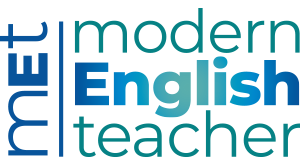Chatting with my brother-in-law the other day, I commented on a conference session I had just given on the value of AI-powered pronunciation apps. He smiled and reminisced about the very first computers in junior school classrooms, and the idea that was sold with them that they would soon replace teachers. Thirty years later, here we are again. Or are we? Will AI revolutionise pronunciation and eliminate the physical teacher this time, or is it just part of an evolution that has been going on for decades? Superficially, these apps look like revolution – learn what you want . . .
---------------------------
This content is available to Modern English Teacher subscribers. If you have a subscription, please log in below, or start your subscription today.
---------------------------




